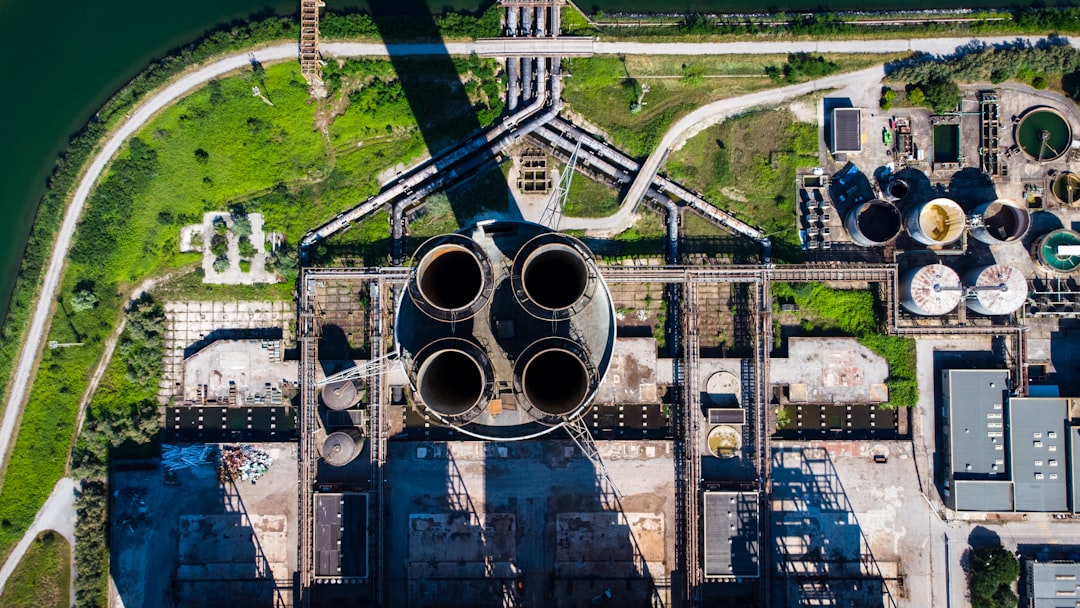What is it about?
Thermoacoustic instabilities are large amplitude, self-sustained periodic oscillations observed in practical gas turbines and rocket engines used for propulsion and power generation applications. Such instability results from positive feedback between the heat release rate and acoustic pressure fluctuations. The presence of these large amplitude acoustic pressure oscillations can severely affect the structural integrity of a combustor. This paper is about reducing such instabilities in a turbulent combustor using delayed acoustic self-feedback. Essentially, we couple the acoustic field of the combustor to itself and try to understand the dynamics of such a system, and how much we can reduce the amplitude of acoustic pressure fluctuations during the state of thermoacoustic instability.
Featured Image

Photo by Jacek Dylag on Unsplash
Why is it important?
Delayed acoustic self-feedback achieved through a single connecting tube provides a promising control mechanism to suppress thermoacoustic instability in turbulent combustors. Unlike in traditional active closed-loop controls used in thermoacoustic studies, we do not need to preprocess the acoustic pressure signal acquired from the combustor prior to feedback using any electromechanical devices in the method of delayed acoustic self-feedback. We are able to suppress thermoacoustic instability by more than 90%.
Perspectives
Working on delayed acoustic self-feedback allowed us to understand how an extremely simple mechanism, such as coupling the acoustic field of a turbulent reactive system to itself, gives rise to a plethora of fascinating results.
Ankit Sahay
Indian Institute of Technology Madras
Read the Original
This page is a summary of: Mitigation of limit cycle oscillations in a turbulent thermoacoustic system via delayed acoustic self-feedback, Chaos An Interdisciplinary Journal of Nonlinear Science, April 2023, American Institute of Physics,
DOI: 10.1063/5.0129512.
You can read the full text:
Contributors
The following have contributed to this page










